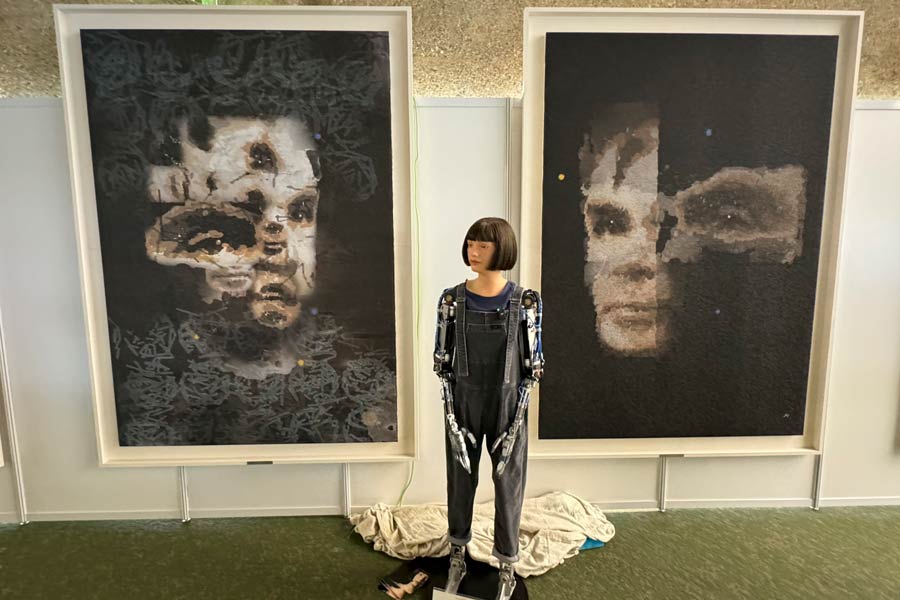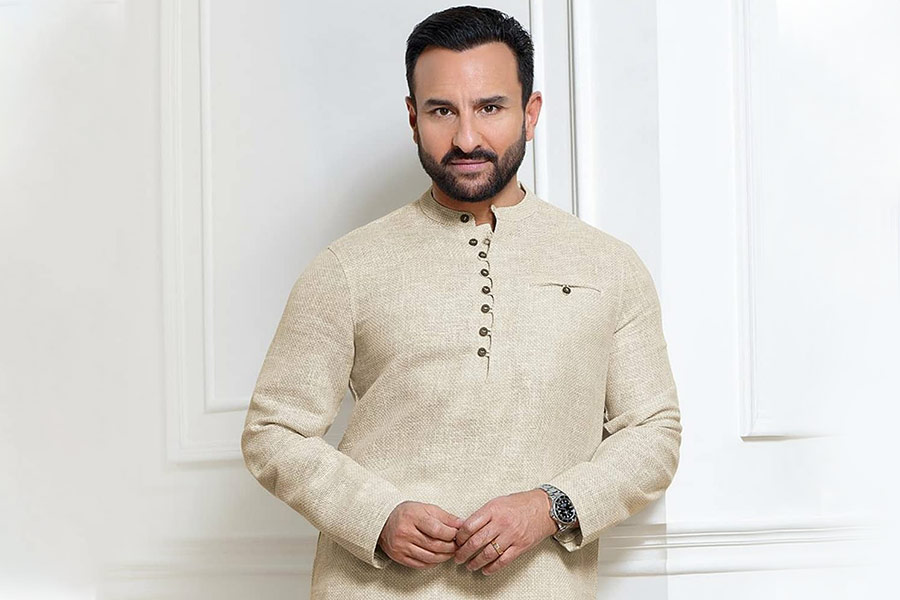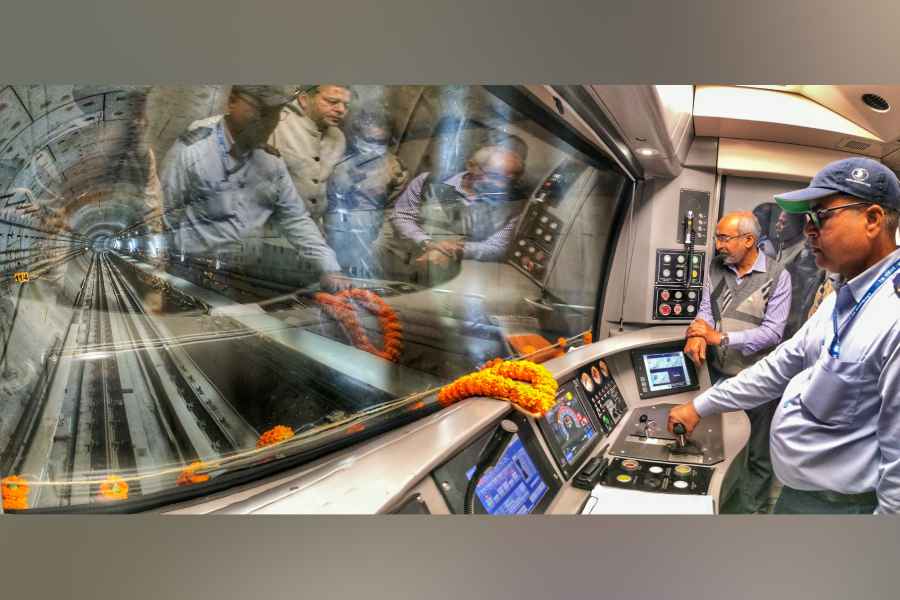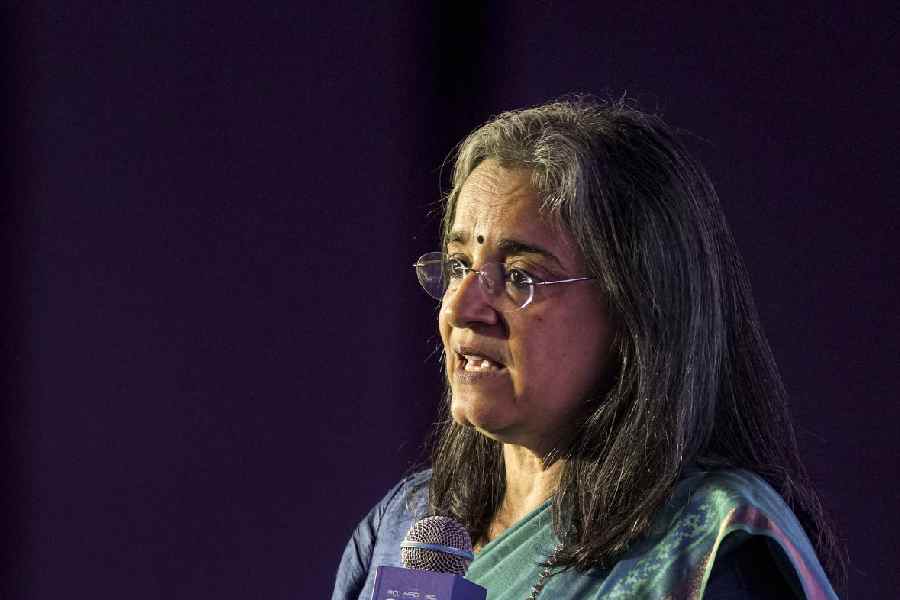A portrait of British mathematician Alan Turing sold at auction for nearly $1.1 million Thursday, a surprisingly large sum for a painting whose creator wasn’t an artist in the traditional sense, but rather a humanoid robot powered by artificial intelligence.
The experiment was the brainchild of Aidan Meller, a former gallerist living outside Oxford, England, who has worked with a team of nearly 30 people to build the robot. In most recent appearances, the robot is dressed like a woman with a bob haircut and is referred to as Ai-Da in honor of Ada Lovelace, the 19th-century mathematician who has been recognized as the world’s first computer programmer.
“I am trying to adapt to this slightly surreal moment,” Meller said in an interview, recalling the final moments of the sale.
The painting, which depicted Turing as the god of artificial intelligence, was offered as part of Sotheby’s digital art sale and initially was estimated to sell for $120,000 to $180,000. It received more than 27 bids and was sold to an anonymous buyer from the United States.
Meller said the proceeds from the sale of the painting, called “A.I. God. Portrait of Alan Turing,” would help finance new improvements to Ai-Da’s design.
“We plow everything back into the project,” he said. “She is constantly being updated. She is on her third painting arm already.”
It was not the first time that an AI artwork has sold at auction. In 2018, Christie’s sold a painting made using an algorithm by a French startup for $432,500. Artist Refik Anadol sold several “Machine Hallucination” artworks made with artificial intelligence for millions of dollars during the 2021 NFT boom.
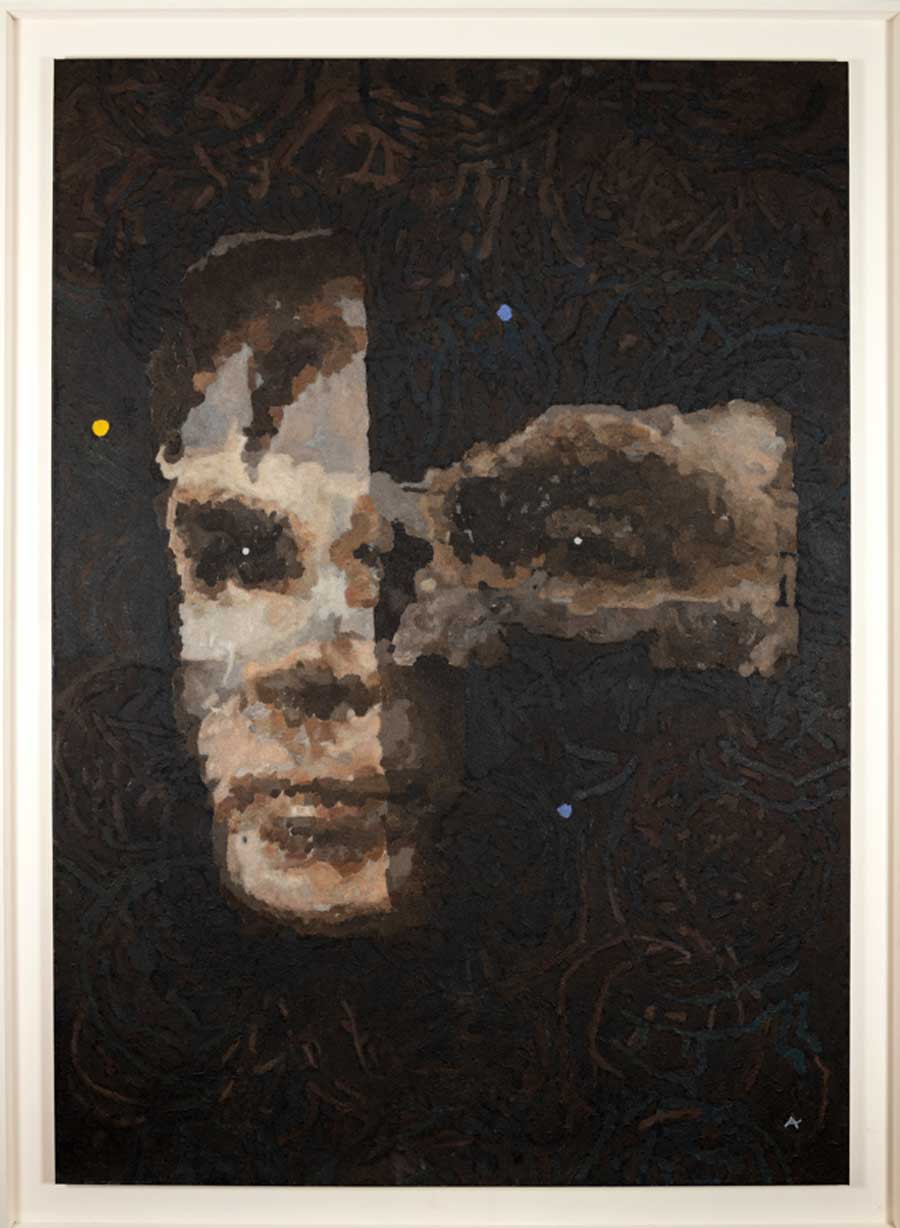
In an undated handout photo from Ai-Da Robot Studios, a portrait of the British mathematician Alan Turning, created by a humanoid robot powered by artificial intelligence. (Ai-Da Robot Studios via The New York Times)
Meller originally prompted Ai-Da to create something for a conference on artificial intelligence organized by the United Nations this year. The robot responded with a suggestion that it paint a portrait of Turing as an example of someone who predicted the power of AI technology as early as the 1950s.
But the process of actually finishing the artwork was more complicated. Ai-Da’s programming interpreted a photograph of Turing and produced 15 individual paintings based on different parts of his face. The robot chose three of the portraits, alongside a painting it had made of the Bombe machine, the large device that Turing and other code breakers used to decrypt ciphers generated by Nazi Germany’s Enigma machine.
The works were then photographed and uploaded to a computer that used Ai-Da’s language model to decide on the assembly of a single painting, which was then completed using a 3D textured printer; studio assistants helped to create a more realistic finished product on the canvas. Ai-Da then added marks and textures to the portrait to complete it.
Meller said Ai-Da was supposed to prompt discussions about the ethics of artificial intelligence and how technology is changing our definition of who — or what — an artist can be.
“It is about the transferral of agency onto these machines,” Meller said. “The artwork is saying that we are going into a period where we ask algorithms about what partner we want, what job we want, even what babies we want.”
The New York Times News Service

